In daily life the average person interacts with numerous machines including cars, phones, computers, drink dispensers, gaming controllers, and many that are specific to their job. Regardless of individual complexity, all of these machines have at least one tactile switch with moving parts that helps the user achieve some desired action. The movement aspect of the switch provides instant kinesthetic feedback complimenting the visual feedback of the desired action being executed. Metal contact switches have served as the method for transducing the switch movement into machine action. While metal-contact switches are ubiquitous in use, they do have some challenges with stiction, corrosion, and contamination, which ultimately affect ease of manufacturing, reliability, and user experience.
Fortunately, there are alternatives to metal contact switches, such as Hall-effect sensors. Hall-effect sensors translate a magnetic field from a magnet in the moving part into an electrical signal that can be used by the system. As the Hall-effect sensor does not depend on the continuity between two surfaces, in does not suffer from dust and debris found in the system fabrication environment nor in the end user environment, thereby making it a robust design element. As with all engineering marvels that the average consumer just expects to magically work, some intentional calculated steps are necessary to leverage the Hall-effect sensor technology.

In our HMI Rocker Switch With Hall-Effect Switches document, we present many of the initial design steps for integrating Hall-effect sensors in our own version of the classic rocker switch. Along with our methodology, we provide insight into one of our tools that we believe accelerates design with quick calculation feedback that allows the user to sweep through design parameters and understand how mechanical variation will affect their design.


